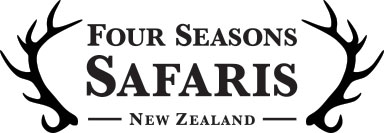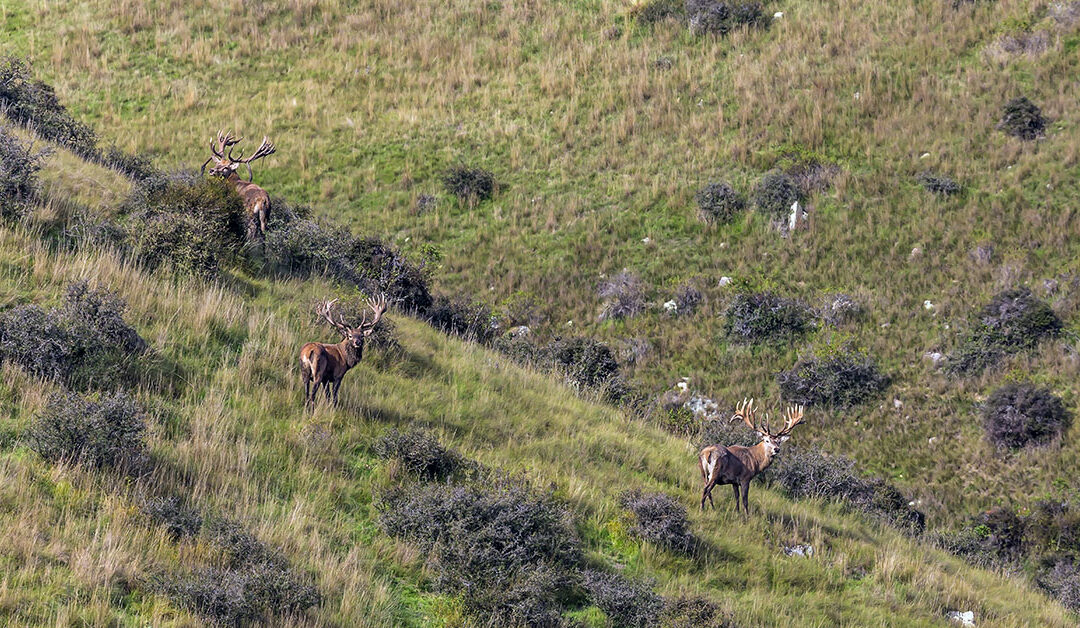Conservation and Hunting in New Zealand: Game Management
Conservation and Hunting in New Zealand: Game Management
New Zealand holds a unique mix of native ecosystems and introduced game animals. Hunters, landowners, and guides work together to protect habitats and maintain healthy herds.
Conservation and hunting can work in the same direction. New Zealand uses practical tools to protect native landscapes while providing world-class hunting. The approach rewards careful planning, science-based seasons, and respect for the land.
Why Conservation Matters Here
New Zealand’s native flora and fauna evolved without large land mammals. Introduced species such as red deer, tahr, chamois, and fallow deer thrive in alpine and bush habitats. Good management limits pressure on sensitive plants and allows quality hunting experiences.
Core Objectives of Game Management
- Habitat protection: Reduce browsing pressure in high-value zones and protect native plant communities.
- Herd health: Encourage balanced age structures, strong genetics, and sustainable densities.
- Safety and access: Guide hunters toward safe access points and suitable terrain.
- Quality hunting: Align seasons and methods with fair chase and ethical standards.
Tools New Zealand Uses to Balance Outcomes
- Season timing: Align hunts with weather, rut activity, and animal condition.
- Area prioritisation: Focus effort in zones with high environmental value or high animal density.
- Access planning: Use four-wheel tracks and aircraft support where appropriate to reach safe terrain.
- Data from the field: Guides and hunters report observations that help refine future plans.
Species Overview
Red deer occupy extensive bush and valley systems. Tahr prefer steep alpine faces in the Southern Alps. Chamois move across bluffs and tussock basins with ease. Each species responds to terrain, weather, and pressure in different ways. Effective management respects those differences and sets practical expectations for hunters.
Ethics and Field Practices
- Fair chase: Choose stalks that respect wind, distance, and safe lines.
- Clean harvests: Confirm ballistics, practice positions, and use stable rests.
- Waste reduction: Care for meat, capes, and trophies with proper handling and prompt transport.
- Low impact travel: Stay on established routes when possible to limit erosion and disturbance.
The Role of Guided Hunts in Conservation
Professional guides help place hunters in the right country at the right time. They monitor animal movements, read weather, and reduce risk in complex terrain. Thoughtful harvest selection supports herd structure and protects key habitats. This improves outcomes for clients and the landscape.
Explore our New Zealand hunting experiences to see how trips align with conservation goals and personal hunting objectives.
Planning a Conservation-Minded Hunt
- Pick dates with intent: Select a window that fits species behavior and your goals.
- Bring the right kit: Optics, layered clothing, and sturdy boots keep the hunt safe and efficient.
- Train with purpose: Prepare legs and lungs for alpine climbs and long glassing sessions.
- Learn the country: Study maps and recent trip notes from your guides before arrival.
Read more insights on our hunting blog and arrive with a solid plan.
Quick Answers
Does hunting help conservation in New Zealand?
Responsible hunting can reduce pressure on sensitive habitats. It also supports practical monitoring in remote terrain.
How are seasons decided?
Seasons align with animal behavior and weather patterns. The goal is safe access, healthy herds, and quality outcomes.
Why use a guide?
Guides provide local knowledge, risk management, and logistics. This improves safety and supports thoughtful harvest choices.
Hunt New Zealand With Conservation in Mind
New Zealand proves that conservation and hunting can move in the same direction. Plan a trip that protects the land and delivers a memorable hunt. Start with Four Seasons Safaris New Zealand and tailor dates and species to your goals.

